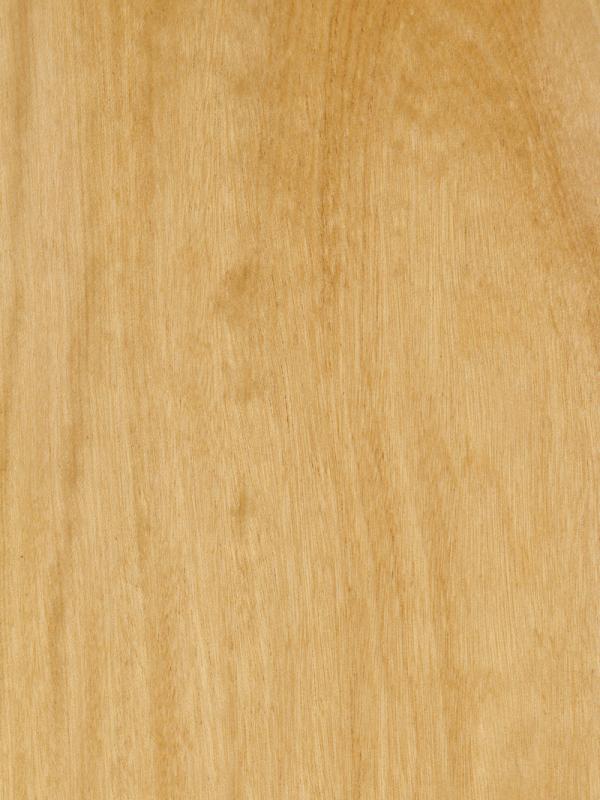
Family: Rutaceae
Origin: It is mostly confined to non-inundated lands of the lower Amazon region in the state of Pará, Brazil.
Other common names: Amarello, limão-rana, pau setim and pequia setim.
The tree: Pau amarello is generally a large tree of the “terra firme” forest, sometimes reaching heights of 130 ft.
Appearance: The heartwood is a bright, clear yellow deepening upon exposure to a darker tint. The sapwood is yellowish-white and is not sharply defined. The grain is straight to irregular with a medium texture and a high luster.
Density: Average reported specific gravity is 0.70(ovendry weight/green volume), equal to an air-dried weight of 54 pcf. Janka hardness is 1820 pounds of force.
Drying & shrinkage: It is easy to season with little tendency to warp or check. Average reported shrinkage values (green to ovendry) are6.0 radial, 6.7% tangential and 12.8% volumetric.
Working properties: Pau amarello is relatively easy to work with hand and machine tools.
Durability: It is reported that it is probably of only low resistance to decay.
Uses: Uses include furniture, parquet flooring and brush handles.
Availability: Makoré is plentiful at a moderate price.